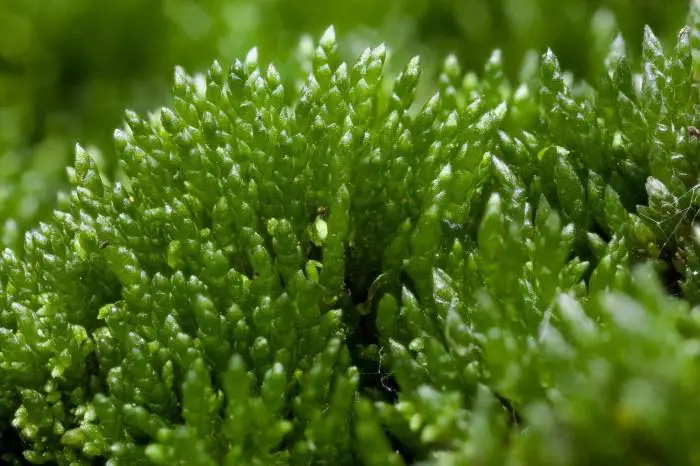Bryum: The Tiny Moss with a Big Ecological Role
Affiliate Disclaimer: As an affiliate, we may earn a small commission when you make a purchase from any of the links on this page at no additional cost to you!
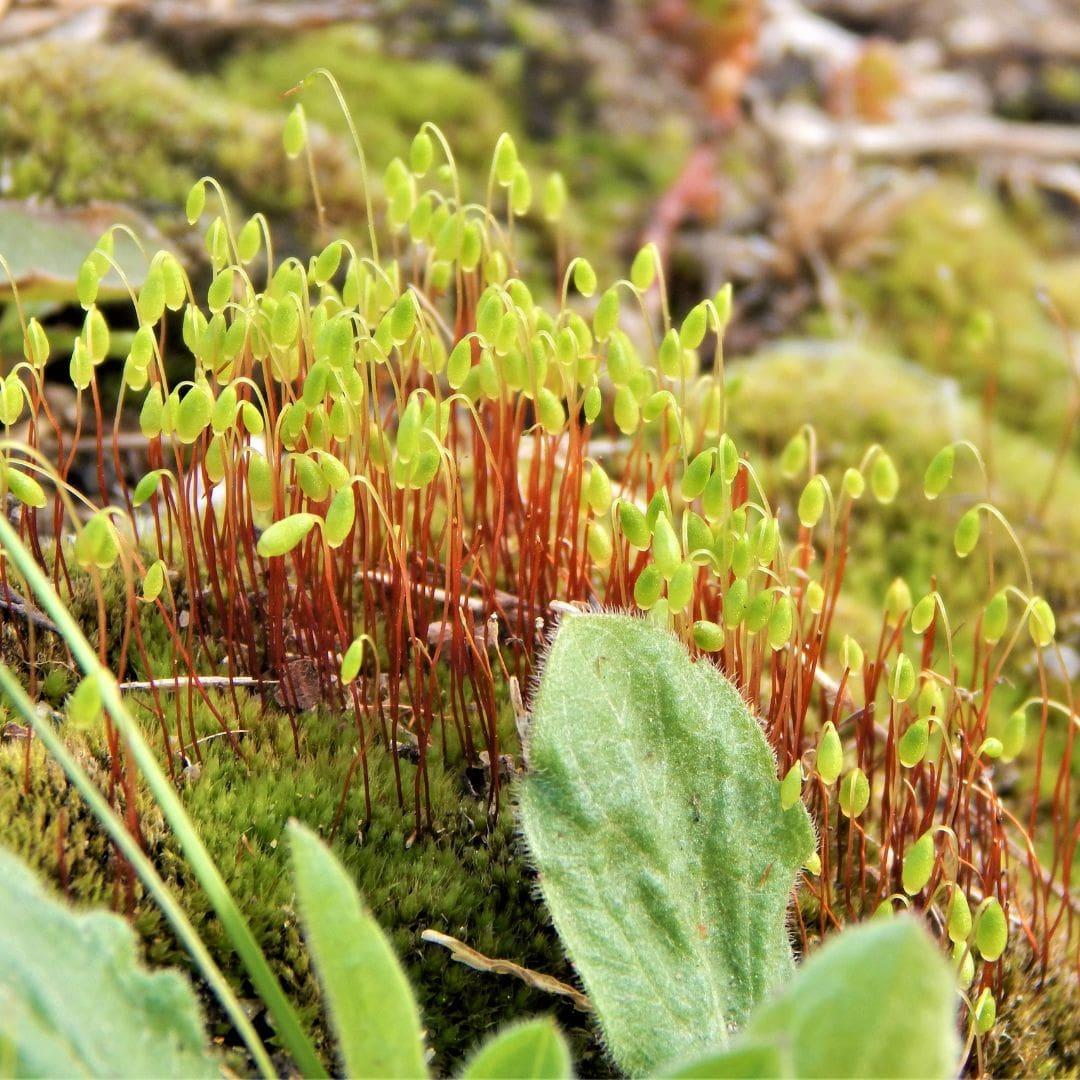
Bryum-Caespiticium-Bryum-Moss-2.jpg from: https://mossandstonegardens.com/product/bryum-caespiticium-for-sale-5-square-feet/
Bryum parvifolium Cardot: A Tiny Moss with a Big Impact

6112809018_29429b2118_b.jpg from: https://www.flickriver.com/photos/dougcwaylett/6112809018/
Bryum parvifolium Cardot is a fascinating species of moss belonging to the Bryaceae
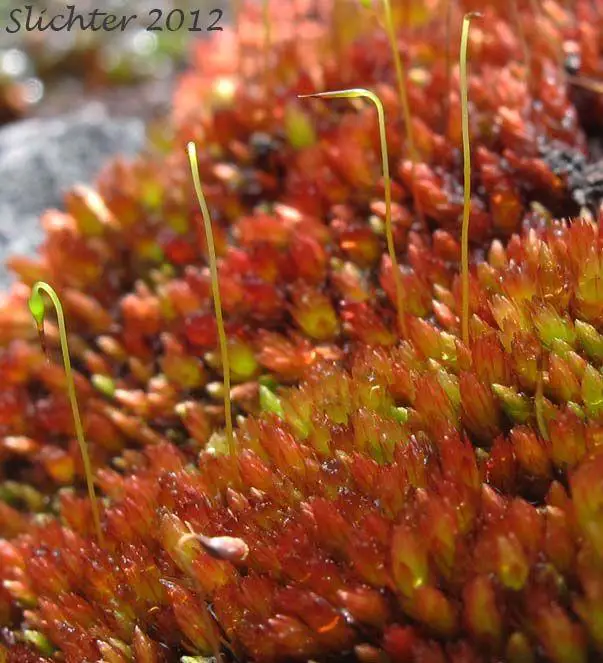
3ab028c230cca9a34afed5cce547cf8b.jpg from: https://www.pinterest.ca/pin/glossy-red-bryum-moss-bryum-miniatum–370843350542996963/
family. Commonly known as Bryum, this tiny plant plays an important ecological role despite its small size. In this blog post, we’ll dive into the world of Bryum parvifolium Cardot and explore its unique characteristics, global distribution, and ecological significance.
Background on Bryophytes
Before we focus on Bryum parvifolium specifically, let’s briefly review what mosses are. Mosses are non-vascular plants in the division Bryophyta. Unlike other land plants, they lack true roots, stems, and leaves. Instead, they have rhizoids that anchor them and absorb water and nutrients. Mosses are found in a wide range of habitats worldwide.
Morphology and Identification
Bryum parvifolium is a small moss, typically growing in tufts or cushions. Its scientific name comes from Latin, with “parvifolium” meaning “small-leaved.” Indeed, the leaves of this moss are tiny, usually less than
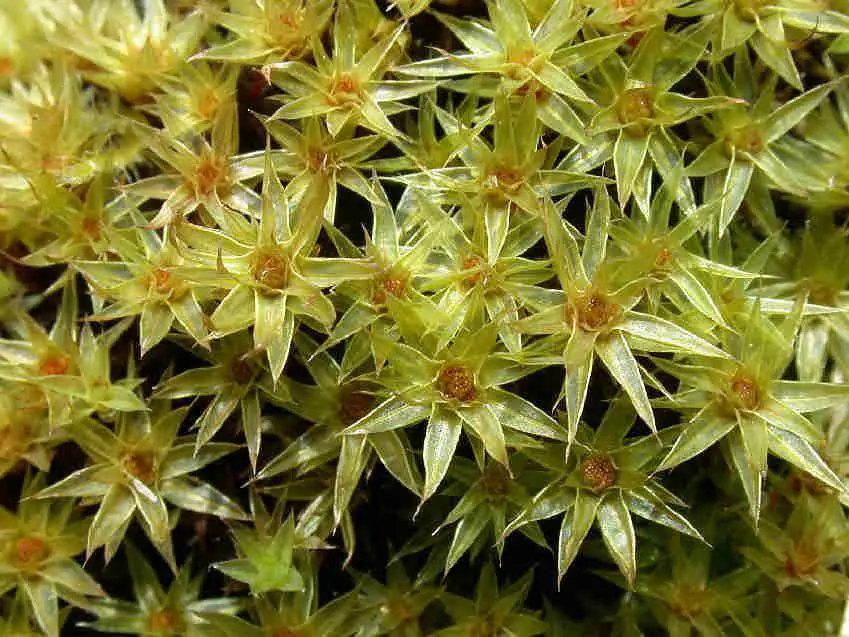
d15ff7917c805c7bbbd9893c3d804705.jpg from: https://www.pinterest.com/pin/516084438528340693/
2 mm long. They are ovate to lanceolate in shape and have a costa (midrib) that ends below the leaf apex.
The leaves are an important identification feature. Under a microscope, the leaf cells are rhomboidal to hexagonal. Bryum parvifolium is dioicous, meaning male and female reproductive structures are on separate plants.
Global Distribution and Habitat
Bryum parvifolium has a wide distribution and is found on all continents except Antarctica. It grows in a variety of habitats, including:

Bryum-capillare-3.jpg from: https://ohiomosslichen.org/bryum-capillare-4/
- Disturbed soils
- Cliff crevices
- Roadside banks
- Lawns and fields
This adaptable moss can tolerate a range of environmental conditions. It is often one of the first species to colonize bare ground after disturbances like landslides or fires.
Ecological Roles and Adaptations
Despite its small stature, Bryum parvifolium plays several important ecological roles:
- Erosion control: The dense tufts help stabilize soil and prevent erosion.
- Water retention: Like other mosses, Bryum can absorb and retain water, helping regulate moisture in its immediate environment.
- Nutrient cycling: As it grows and decomposes, Bryum contributes to nutrient cycling in its ecosystem.
- Habitat for microorganisms
Bryum-argenteum-700×466.jpg from: https://ohiomosslichen.org/moss-Bryum-argenteum/
: The nooks and crannies among the leaves provide microhabitats for tiny invertebrates and microorganisms.
To thrive in often harsh conditions, Bryum parvifolium has several adaptations:
- Tolerates desiccation
- Grows on nutrient-poor substrates
- Reproduces asexually via fragmentation
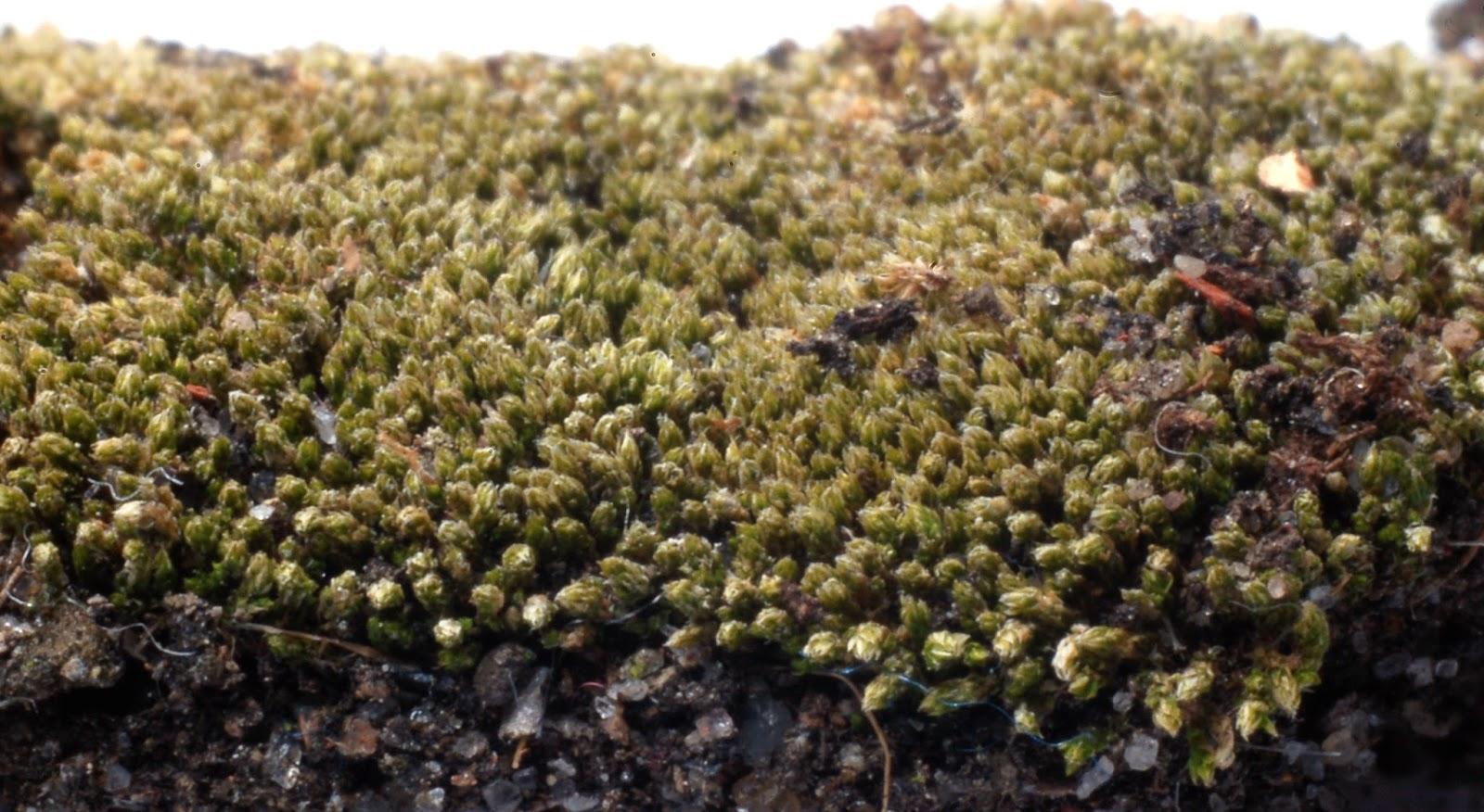
2016-05-03-1%2BBryum%2Bargenteum%2B%2B%2B%25281%2529.jpg from: https://onlinebotanystudy.blogspot.com/2016/07/mosses-of-central-florida-18-bryum.html
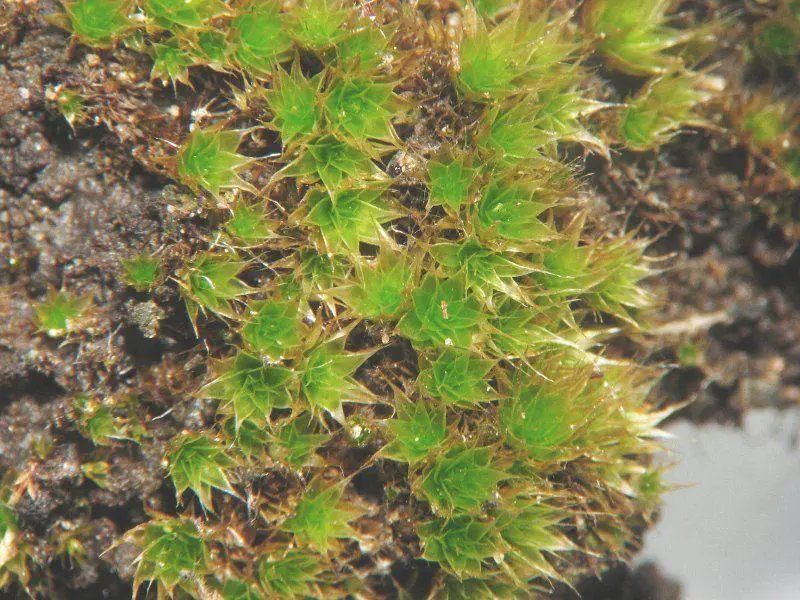
2fc536928252074019c244723e35a882.jpg from: https://www.pinterest.co.kr/pin/516084438528340700/
| Characteristic | Description |
|---|---|
| Size | Less than 2 mm |
| Leaf shape | Ovate to lanceolate |
| Leaf costa | Ends below apex |
| Leaf cells | Rhomboidal to hexagonal |
| Reproduction | Dioicous |
Conclusion
Bryum parvifolium Cardot may be a tiny moss, but it has an outsized ecological impact. From the Arctic to the tropics, this adaptable species helps stabilize soils, retain moisture, and provide habitat for other organisms. Next time you see a small tuft of moss, take a closer look – it might just be Bryum parvifolium! What other small but mighty organisms in nature have you encountered?

aae05c5607330a5126a7c505030291a8.jpg from: https://www.pinterest.com/pin/109001253457539610/
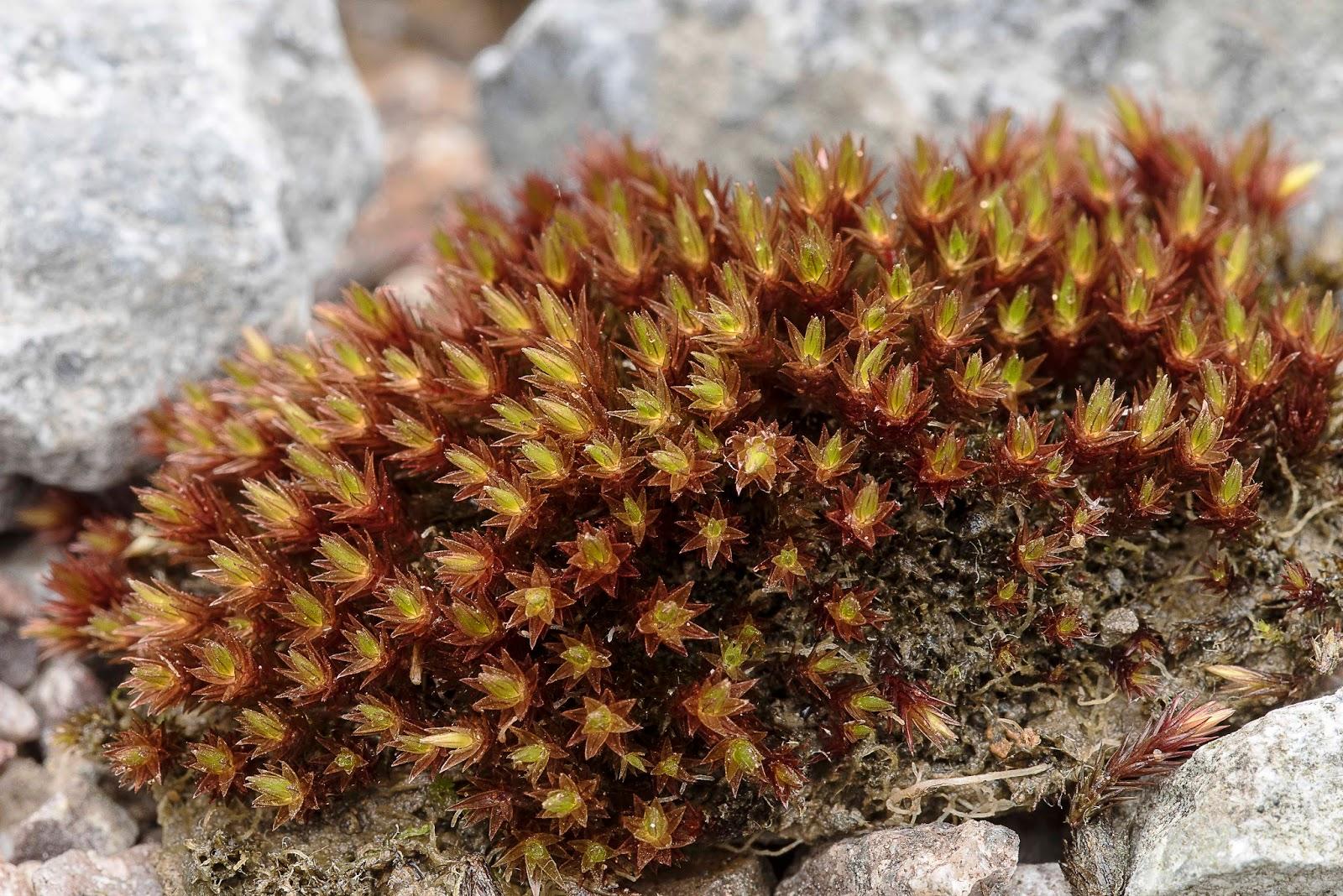
alpine-bryum-moss–bryum-alpinum-alpinum.jpg from: https://www.earth.com/plants/bryum-alpinum-alpinum/

